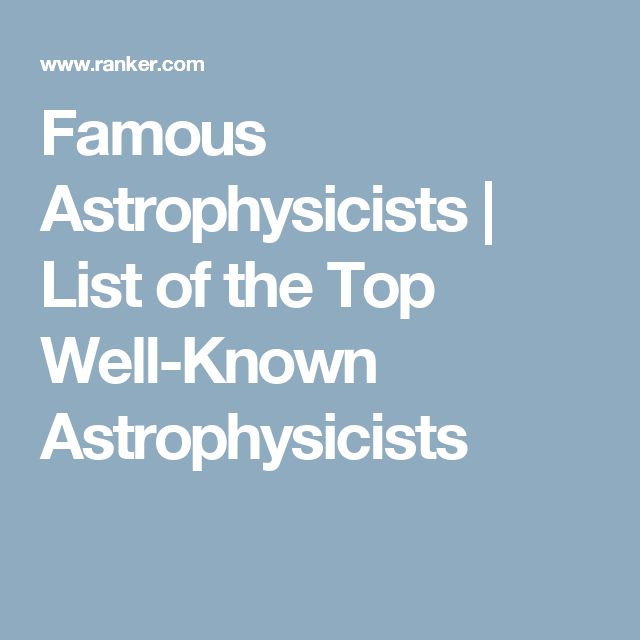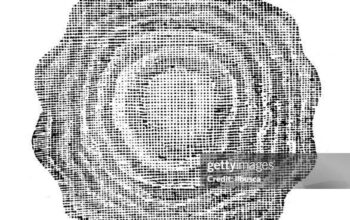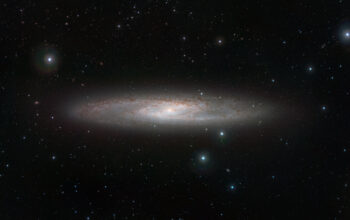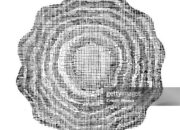The captivating domain of astrophysics has always been inextricably linked with the evolution of technology. The modern astrophysicist stands at the precipice of a transformative era, where the very tools that lie at their disposal dictate the quality and scope of their discoveries. As we cast our gaze towards the horizon of astronomical inquiry, it becomes imperative to explore the envisioned tools for tomorrow’s telescopes — instruments that promise not only to enhance our observational modalities but also to furnish a paradigm shift in our cosmic understanding.
The crux of the forthcoming astronomical renaissance hinges on the advancement of light-gathering systems. Instruments equipped with larger apertures, enhanced photonic sensitivity, and superior adaptive optics systems are paramount to penetrating the cosmic veil. Upcoming telescopes are being imagined with expansive mirrors forged from advanced materials that reduce weight while augmenting rigidity. These materials, such as silicon carbide, demonstrate thermal stability and resist deformation, enabling telescopes to function optimally across varying environmental conditions.
Moreover, the integration of novel photodetector arrays will result in unprecedented improvements in detection capabilities. The advent of superconducting nanowire single-photon detectors (SNSPDs) heralds a new era of sensitivity and efficiency. These devices, capable of operating at temperatures near absolute zero, can detect the faintest pulses of light from distant celestial objects, thus facilitating the observation of phenomena previously relegated to theoretical projections.
Furthermore, it is essential to consider the implications of multi-wavelength observations in the future. Astrophysicists advocate for telescopes that can seamlessly transition between observations in the radio, optical, infrared, and even gamma-ray spectra. Such versatility enables a holistic approach to studying celestial bodies, offering a comprehensive view of their composition, motion, and evolutionary history. The potential combination of spatial resolution with spectral diversity could yield rich datasets, unearthing insights into the processes that govern our universe.
The evolution of telescope design also beckons a focus on automation and artificial intelligence. The astronomical community is keen to implement machine learning algorithms for data analysis, effectively creating self-sufficient systems that can process and categorize immense volumes of observational data. By harnessing the power of AI, researchers can more readily identify patterns and anomalies across vast datasets, leading to potentially groundbreaking discoveries that would otherwise escape traditional analytical techniques.
Moreover, a forward-looking approach necessitates the development of controllable and deployable ground-based observatories, prioritizing sustainability and accessibility. Future telescopes could embody mobile platforms that are capable of being set up in remote locations with minimal ecological footprint. Utilizing renewable energy sources for their operation ensures that we meet our observational needs without compromising the integrity of the environments we study.
However, as we envision these novel tools, the ethical ramifications of such advancements cannot be overlooked. The astronomical community must engage in robust conversations regarding the ramifications of advanced surveillance capabilities enabled by new technologies. The capacity to observe exoplanets in detail carries the weight of responsibility as we contemplate the potential for contact with extraterrestrial civilizations. Furthermore, the deployment of large-scale arrays necessitates careful deliberation on their impact on both terrestrial ecosystems and the dark skies essential for unobstructed astronomical observations.
Addressing these challenges demands an interdisciplinary collaboration among physicists, engineers, ethicists, and policymakers. By fostering dialogue and joint ventures, the astrophysical community can ensure that the tools of tomorrow are designed not only with advancements in mind but also with a profound respect for the implications that such tools carry.
Additionally, there is a pressing need to cultivate the next generation of astrophysicists to engage with these emerging technologies. Educational frameworks must evolve to emphasize expertise in computational techniques, data sciences, and ethics in astronomy. By fostering curiosity and interdisciplinary skill sets, upcoming researchers will be better equipped to leverage the tools of tomorrow in innovative and responsible ways.
In conclusion, the astrophysicists’ wish list for future telescopes encapsulates ambitions that stretch the boundaries of what we believe is possible. Through advancements in materials science, photonics, artificial intelligence, and ethical considerations, the telescopes of tomorrow are poised to redefine our understanding of the universe. The implications of these tools will likely reverberate beyond the confines of traditional astrophysics, reshaping our worldview and compelling humanity to ponder its place within the cosmos. As we advance toward this futuristic vision, it is imperative that we remain inquisitive, meticulous, and conscientious, ensuring that every step forward is a step towards a deeper understanding of the universe in which we reside.










